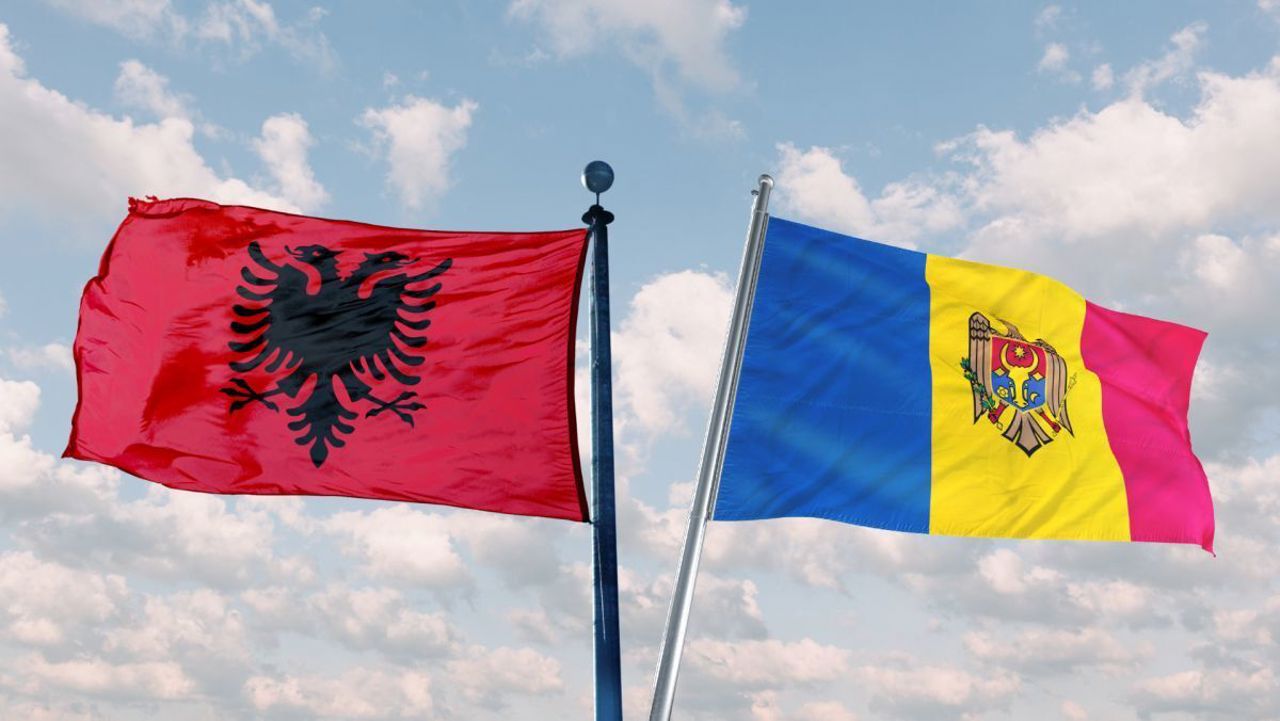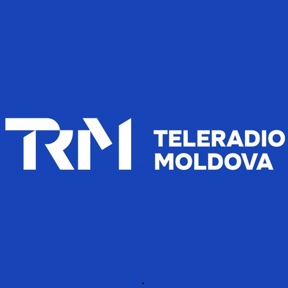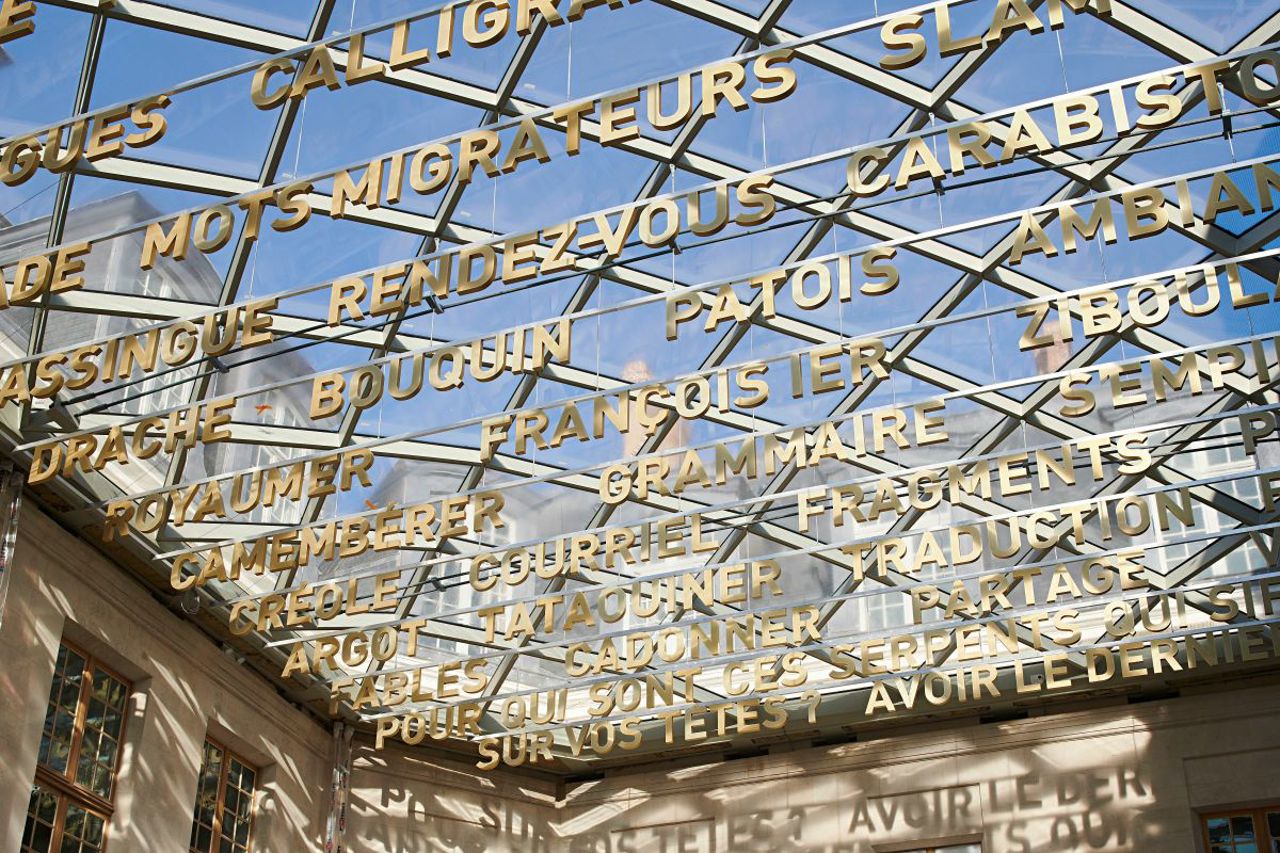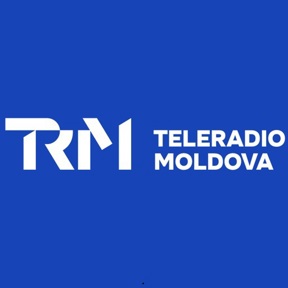From Song to Sovereignty: Estonia's Liberation Movement
The journey of Estonia towards Europe commenced in the late 1980s amidst the 'Singing Revolution,' a pivotal movement advocating for independence.
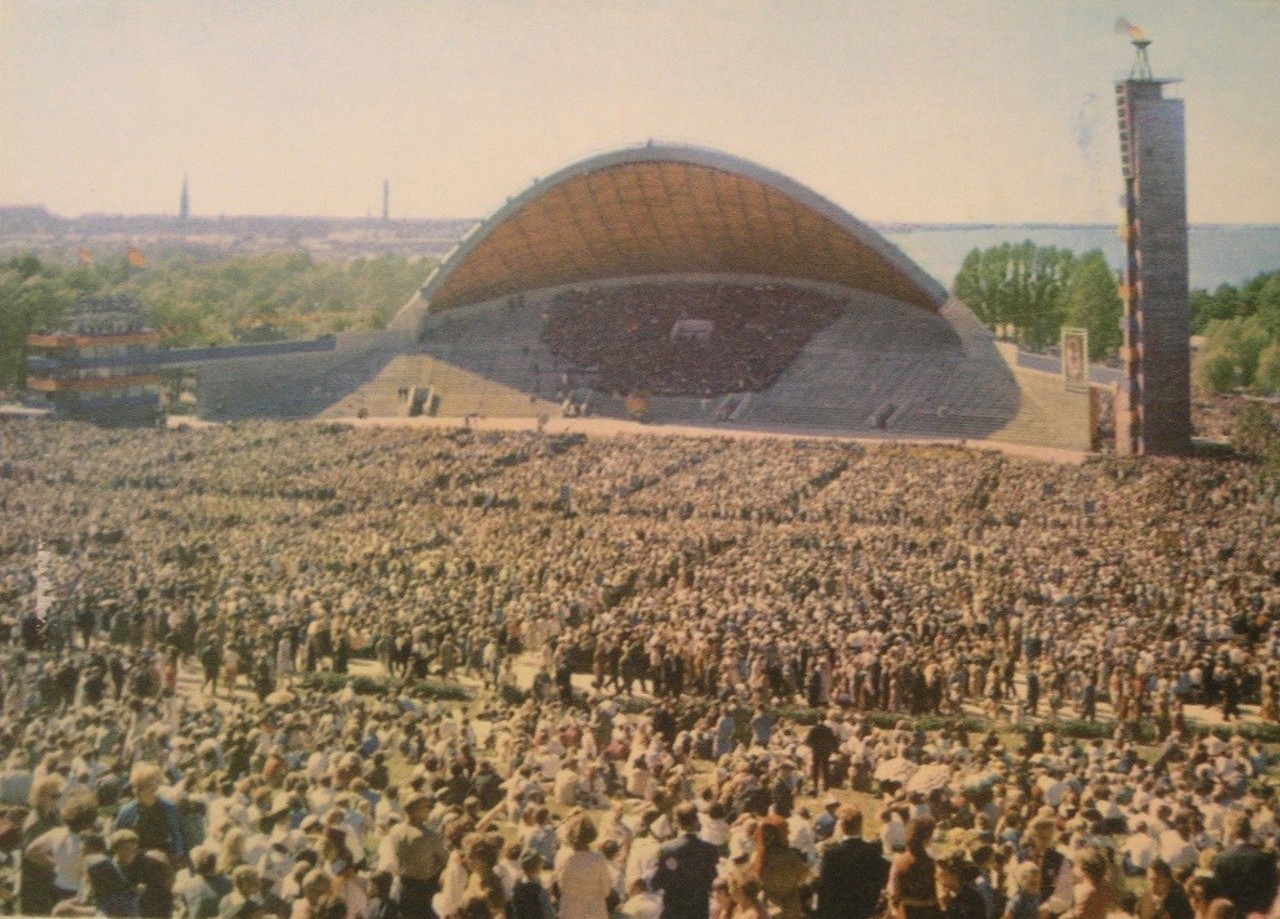
During this period, a notable human chain of over two million people stretched through Lithuania, Latvia, and Estonia, protesting against Soviet occupation.
In this context, a distinct parallel can be drawn between the struggles for national liberation in Estonia and the Republic of Moldova.
The Green Theater in Valea Morilor Park witnessed gatherings of Moldovans, including writers, performers, politicians, and ordinary citizens, who voiced their dissent through patriotic songs. Similarly, in Estonia, the Song Festival Grounds in the heart of Tallinn became a focal point for expressions of solidarity and courage.
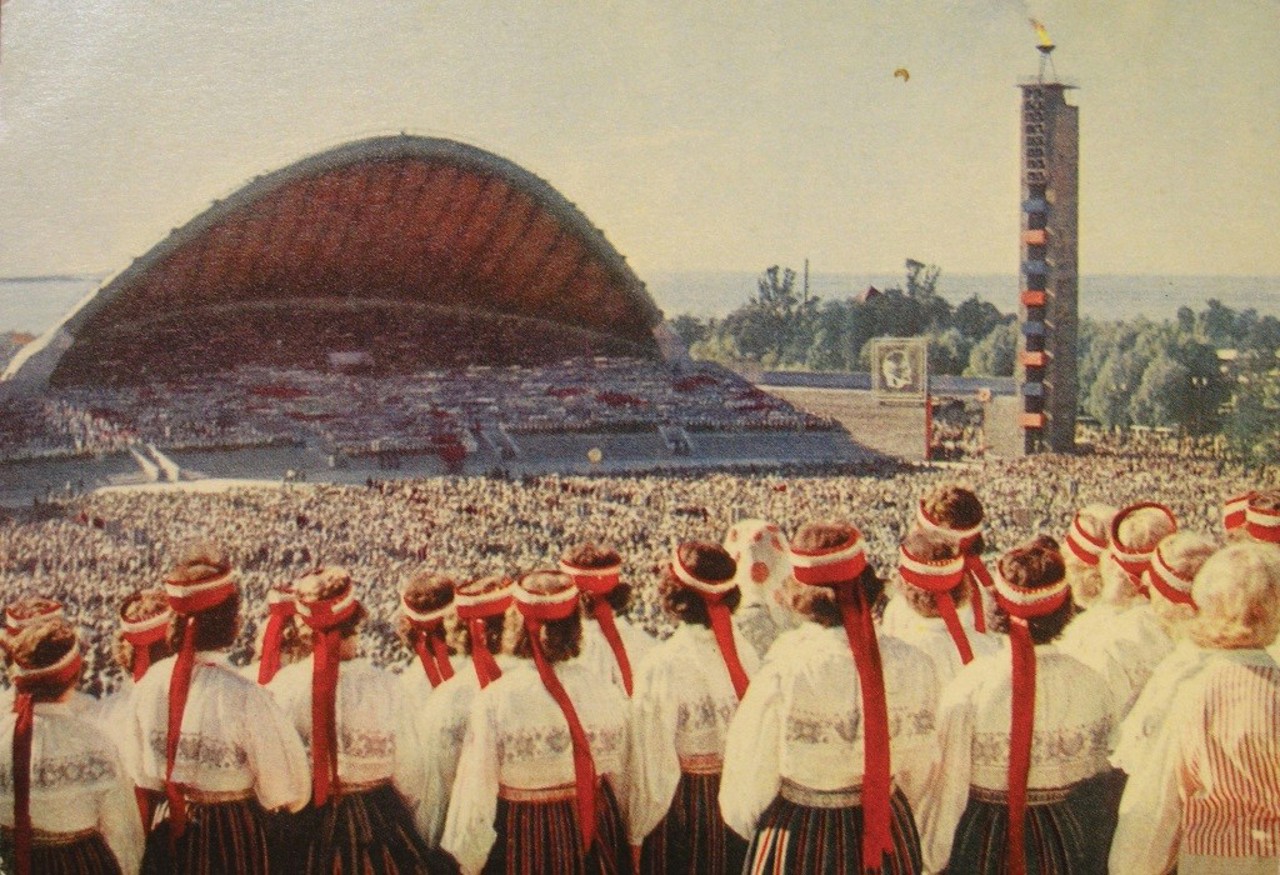
Tiina Ilsen, leading the International Partnership Network (PractNet), recalls that the fate of the nation was decided on these grounds. Despite the constraints imposed by the Soviet regime, Estonians persisted in their patriotic expressions, symbolized by the raising of umbrellas during protests.
The protests in Estonia between 1987 and 1991, culminating in independence, have been immortalized as the 'music revolution.' This movement, intertwined with songs of national identity, forged bonds among individuals and communities.
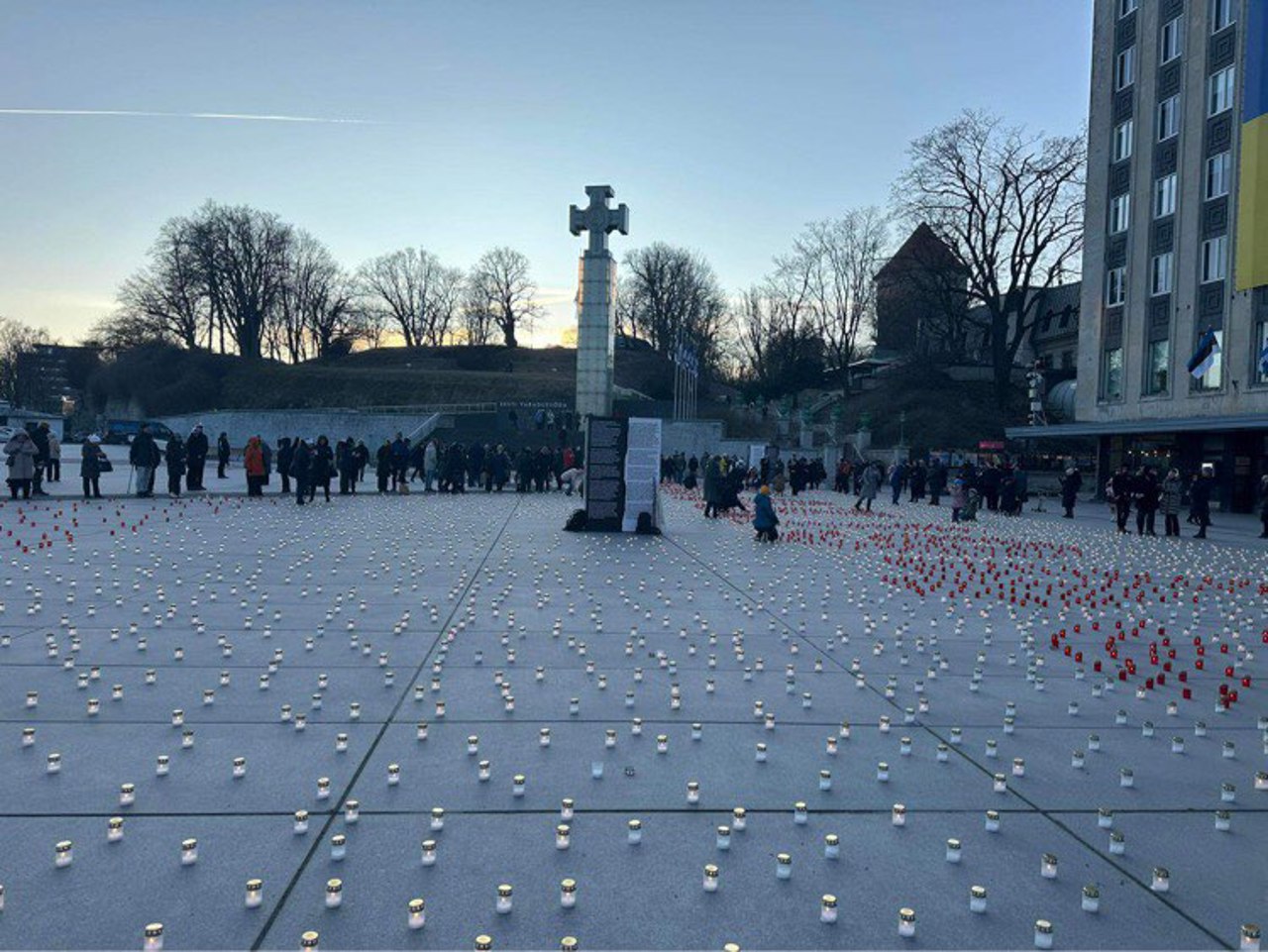
Estonia's journey to independence was marked by shared tragedies with its Baltic counterparts. Both countries endured waves of deportations, leaving deep scars on their collective memories.
Estonia's independence from the Soviet Union on August 20, 1991, preceded that of the Republic of Moldova by a week, underscoring the shared aspirations and struggles of nations striving for sovereignty.
Translation by Iurie Tataru
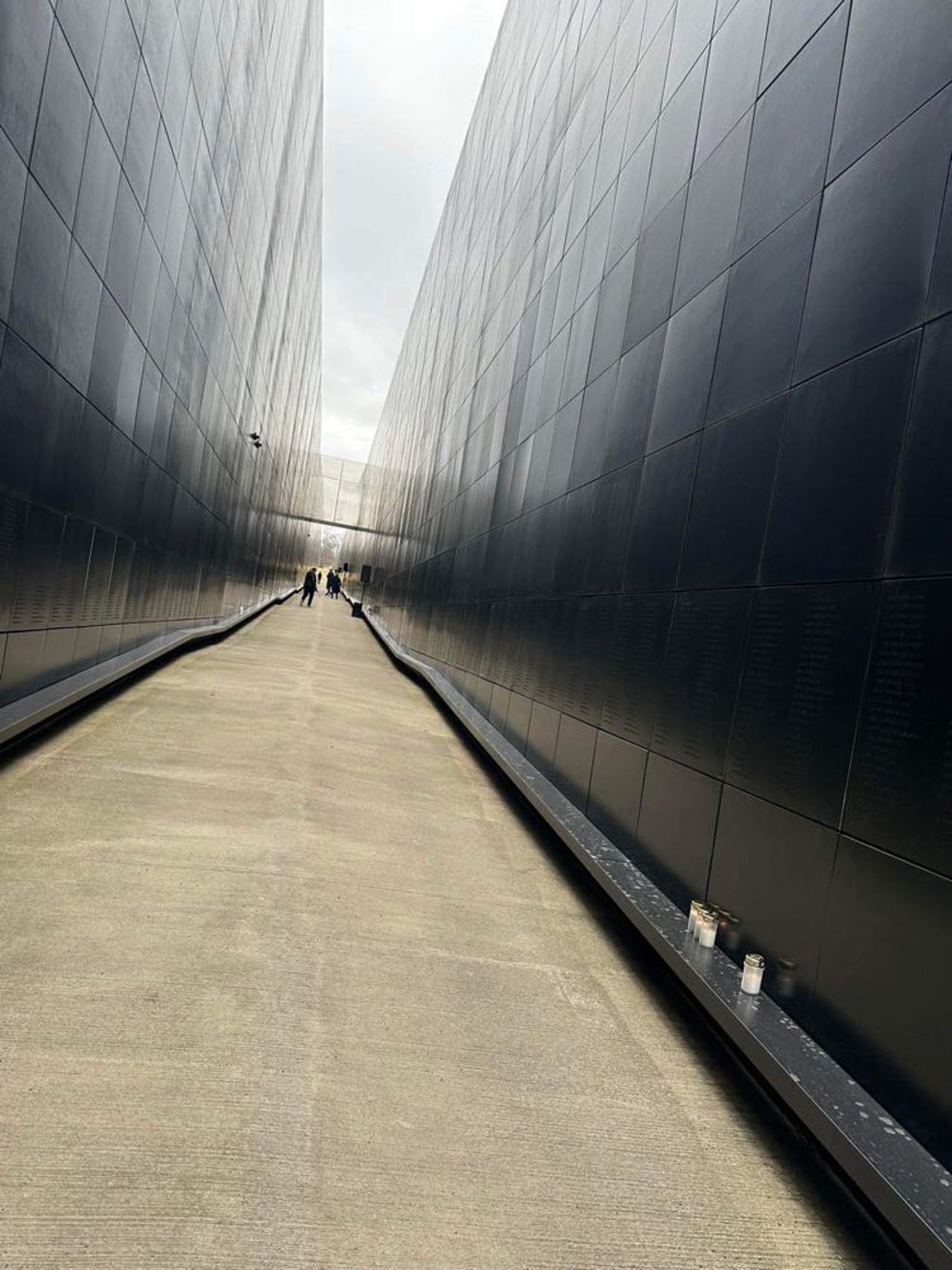
Author: Veronica Scorpan
